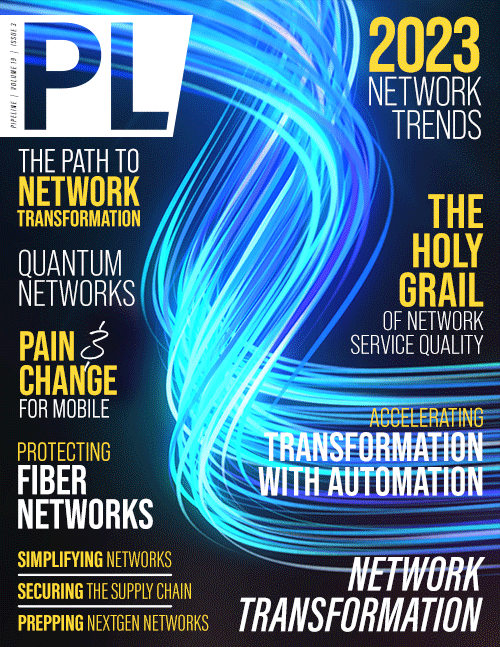2023 Mobile Network Predictions:
Pain and Progress
To cope with Black Friday demand once a year, public cloud is really good. But if it is for running a radio in a mobile network 24/7, public cloud is really expensive. We are seeing this with Internet companies that have used public cloud and hit with 30 to 40 percent growth in public cloud bills every year. These companies are starting to realize that if there is a stable, predictable workload, moving it to the public cloud is the worst thing you can do.
Telecom must build and adopt a cloud mindset. Until it does, it cannot truly adopt the cloud and 5G will remain 4G plus. In other words, if operators cannot deploy standalone (SA) 5G in the cloud, they cannot capitalize on dynamic traffic routing, management capabilities and all the whiz-bang things that 5G promises.
The inflection for a traditional telecom moving from non-standalone (NSA) to SA is actually a paradigm shift and if it's not, then really what’s happening is 4G with 5G technology.
Telecom automation starts with network delayering
The pressure to accelerate automation is a result of an aging workforce, a lack of ability to react to network outages and the need for scale. These three forces demand telecom be faster, cheaper and use fewer people.
The delayering and automation momentum will gather steam in 2023. Delayering will start at the most basic level separating digital infrastructure from physical and civil infrastructure that requires site permits, site development and access to sites. These asset groups have a completely different operating model, asset-class valuation and lifetime management requirements.
How should this combination be managed?
The physical and civil assets are a real estate business. There is a hardware supply chain with its two-year replacement cycle and tail inventory management. Then there’s an automation operation layer that is partially people, partially software trying to get to autonomy.
On top of that, there is a service experience layer, where operators are putting in significant investments to generate new revenues. This is where a lot of new applications need to be deployed at zero marginal cost.
How can operators run all those things according to one management structure, one set of KPIs and one investment plan? Because telecom has not delayered, it is not releasing the assets it has, either from a programmability perspective or from an asset class that can be monetized.
I think telecom executives at the highest levels understand that the delayering is something they need to do, but I’m still learning about how mature the thinking is on these issues. We do see a lot of evidence of carriers just selling assets—for example, selling towers to get them off the books. This feels more like a managed decline of an industry in crisis than a strategic understanding of asset class from a delayering point of view. But that might not be true. Time will tell and I believe clarity will increase in 2023.
Change is certain. The industry needs it to reset for the challenges of the future. When we look back at 2023, hopefully we are pleasantly surprised by how well change forced us to perform.



















